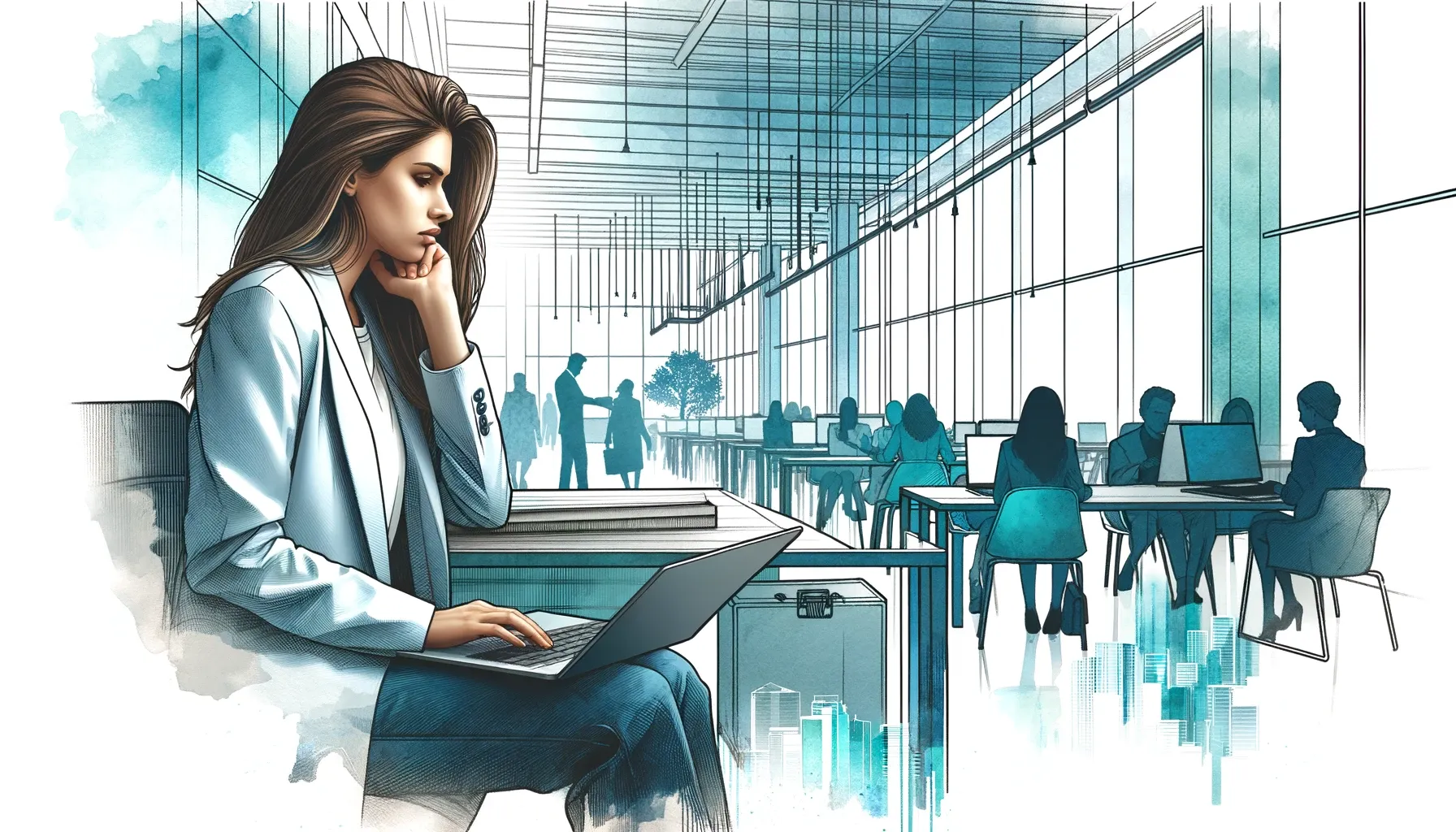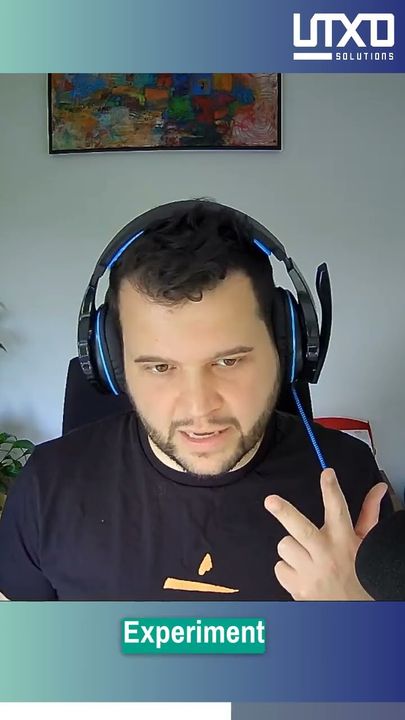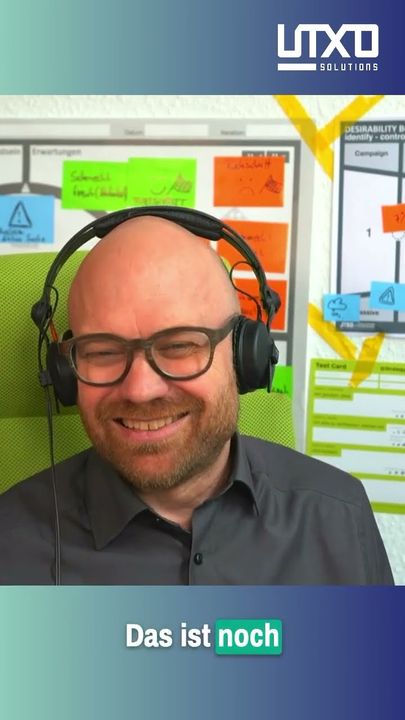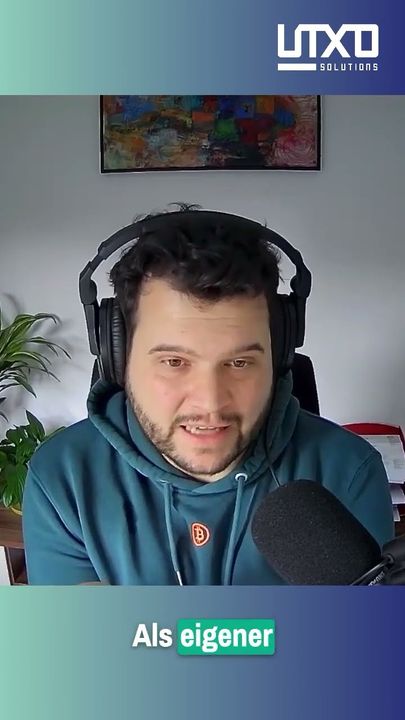
Why do people stay in jobs they don't like?
A friend of mine recently switched her job. This made her think, why it took her so long. Why did she stay in a job, she despised. And why do so many others? Not just with our work. Accepting a suboptimal solution and just continuing on autopilot is a common theme. So why do people do it?
I could go through the myriad of reasons, why people keep or change jobs. But let’s go one abstraction level up. Let’s look at the decision process itself.
How does change happen?
Change follows patterns. When it comes to people changing to a new solution, they usually go through five phases:
- passive looking
- active looking
- decision making
- first use
- ongoing use
At some abstraction level, it doesn’t really matter, whether you change a job, your yoga mat or some part of your industrial assembly line. Change follows patterns.
For every problem that you have, you already have a solution. Even if the solution is “tolerating the problem without doing something about it”. That means, that the whole thing is a cycle. Or as we call it the Wheel of Progress. So the phase we start from is the last phase from the previous solution - ongoing use.
Ongoing use
You have selected a solution. You have decided, that it is the best solution for you right now. You continue to use it. In the context of the job, every day you show up at work after the first day is considered “ongoing use”. The job you have is usually your solution to the problem of not having enough money. Although, there are other reasons to work, let’s stick with this one.
You are in ongoing use as long as you are sufficiently happy with the current solution.
Passive looking
At some point, you notice something to be wrong with the current solution. Something happens at work, that bothers you. Maybe your boss didn’t support you during a management presentation. Maybe there are layoffs at your company. This event one, this first trigger, makes you receptive to seeing other solutions.
Suddenly you notice, when a friend has a better job then you. You become aware of how many people announce new jobs on LinkedIn or have the “hiring” frame in their profile. You may reply to headhunters trying to hire you, instead of ignoring them.
The new solutions have been there the whole time, but you didn’t see it. Our brain filters out everything, it considers irrelevant. In passive looking, your filter has changed for the first time.
Active looking
Sometime after this, event two happens, bringing you into the active looking phase. Event two can be similar to the first event, but happens in addition to the first one. So you have a boss that doesn’t support you AND an annoying coworker. It can also be the same event, but happening multiple times in a short timeframe. Like your boss not supporting you for the third time this month.
In the active looking phase, as the name suggests, you start to actively look for a new solution. Searching for jobs, polishing your LinkedIn profile or talking with potential employers.
Think of the events as moments, when you realize problems you have with your current solution. Once you realize enough problems, you become active. The more pain points you discover with your current solution, the more active you look for an alternative. They can be something pulling you to a new solution as well instead of a pain, that pushes you.
In my experience, push is faster then pull, but pull lasts longer. Humans react stronger to negative emotions. But you rarely will be happy in a job, that you only took, because it wasn’t your old job.
Decision making
Once you find a potential new solution, you start to evaluate it. Is this solution the right one? Is this the job you want? You try to get the necessary information to make a decision. This includes:
- reading of the job description
- conducting the job interview
- reviewing the contract
- getting more information about the company
In your head, you have a list, of things, that your new solution, your new job, needs to have. These are things you wish to have, like interesting work and nice coworkers. There are things to avoid, like an unfriendly boss. And there is a context, that the job needs to be compatible to, like having to bring your child to school before work.
As with every phase transition, there is a corresponding event. The event three can be something like a good job offer. But it can be something at your current job that pushes you to take a mediocre offer. Once that event hits, you will decide.
One thing to know about the events is, that the sequence doesn’t matter. Getting a new job offer could be event one, two or three. Same goes for every other event listed above. It is only important, that at least three different of those events happen.
First use
After you chose a new solution, you start the job (first day, first use). There is more complexity to it, but I will skip most of it here, as it is not relevant to the question. First use is a phase that sometimes matters a lot and sometimes not at all. Software products are often purchased but never used. I have a beautiful handcrafted axe for chopping wood at home, that I never used. I don’t have firewood to burn and no chopping block.
There is no ongoing use without a first use. In some job areas, it is quite common for people to sign a contract without showing up for work. In others not at all.
After the first use comes the ongoing use until something happens and the cycle starts anew.
Why do people stick with jobs they don’t like?
Now that we have looked at the five stages of changing your solution, let’s go back to the original question. Why do people stay in jobs they don’t like?
I think, there are three main elements to why people are stuck in their jobs. The first is, as seen above, that a lot of things have to happen. You need at least three trigger events and a new solution / job, that is actually better. However, neither you nor your future employer usually know explicitly, what “better” means. This makes a better solution rare.
Also, the information needed to decide for the new job must be presented to you in the decision making phase. But it often is not, as many employers don’t know, what people need to know for their decision. Some relevant information is also deliberately hidden, like salary.
The second thing is, that the benchmark is rather low. Most people are somewhat unhappy with their work. Complaining about work is a usual conversation topic for most employees. This raises the activation threshold. If you consider something to be normal, it can’t function as an event. If all of your friends complain about something, you don’t expect it to change in another job. You also become very aware of all the things, that could go wrong. This makes it more risky and less likely for you to change.
The third is, that the whole decision process is not well understood by any party involved. Thus, it is not well engineered. And everything that happens randomly takes longer.
Once you understand the phases of change, you see, where change could stop. The phases are a sequence. Things have to happen in order. If you are happy with your job and get a great other job offer, you will most likely still not take it. You need to be in the right phase. Contrary to common believe, change doesn’t come naturally. It’s either rare or work.
If you want change to happen, understand how change happens.






